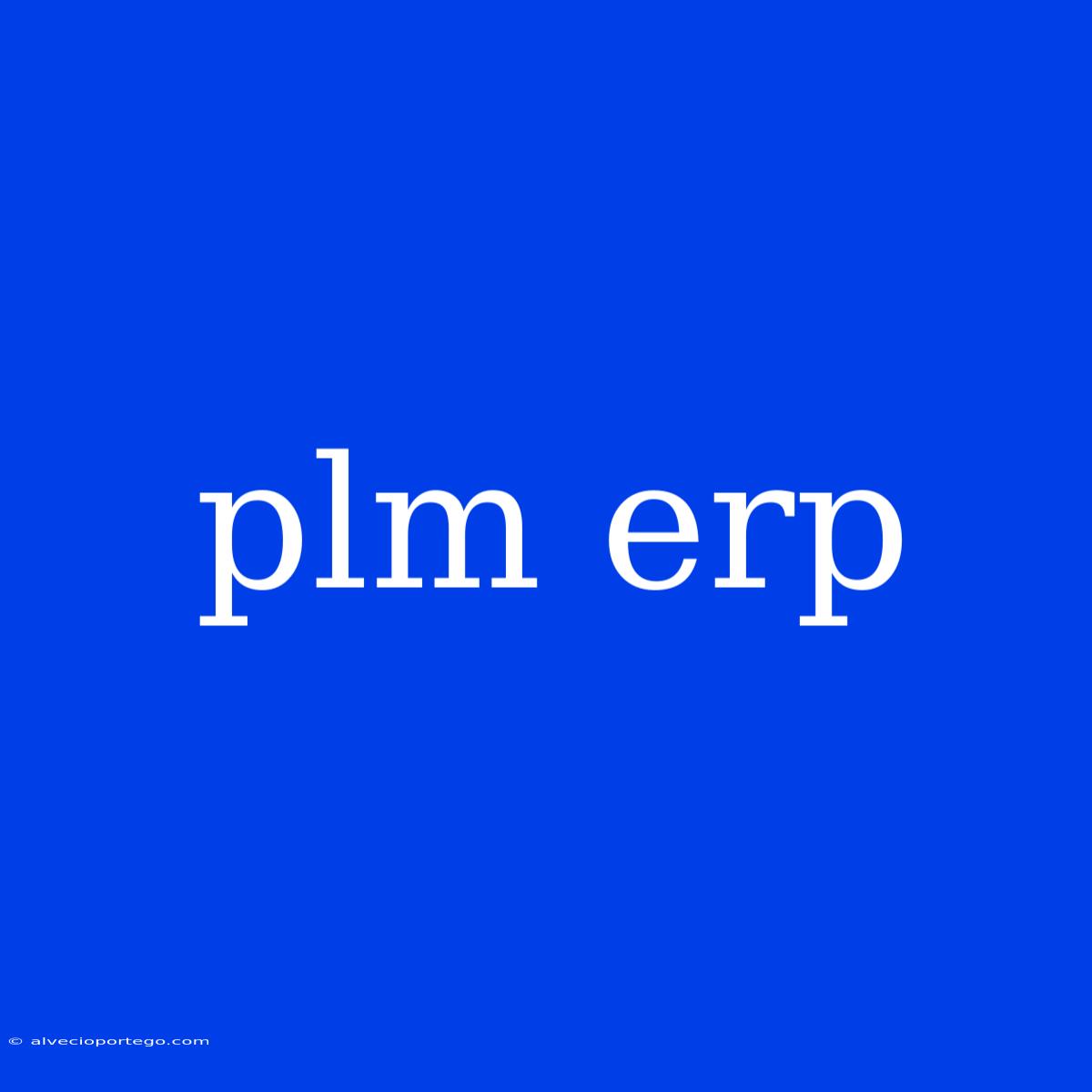PLM and ERP: Two Sides of the Same Coin?
In the ever-evolving world of manufacturing, companies are constantly searching for ways to optimize their operations and stay ahead of the competition. Two critical technologies that are playing a key role in this pursuit are Product Lifecycle Management (PLM) and Enterprise Resource Planning (ERP).
While often viewed as separate systems, PLM and ERP are becoming increasingly interconnected, offering powerful synergies that can drive significant improvements in efficiency, collaboration, and profitability.
Understanding PLM and ERP
PLM (Product Lifecycle Management) is a comprehensive software solution that manages the entire lifecycle of a product, from conception to retirement. It facilitates the development, design, manufacturing, and service of products, ensuring data integrity and seamless collaboration across different departments and external partners.
ERP (Enterprise Resource Planning) is a software suite that integrates various business functions within an organization, including finance, human resources, supply chain management, and manufacturing. It provides a centralized platform for managing data and processes, enabling companies to streamline operations and improve decision-making.
The Synergy Between PLM and ERP
While PLM focuses on the product itself, ERP manages the broader business processes. However, both systems share critical information and functionalities that create a powerful synergy when integrated:
1. Data Sharing and Collaboration: Integrating PLM and ERP allows for seamless data sharing and collaboration between different departments. This ensures that all stakeholders have access to real-time information on product design, manufacturing, and supply chain, leading to improved decision-making and reduced errors.
2. Optimized Manufacturing Processes: By combining PLM and ERP, companies can gain visibility into the entire production process, from raw material procurement to final assembly. This enables them to optimize manufacturing processes, reduce waste, and improve efficiency.
3. Improved Supply Chain Management: PLM data, such as product bills of materials and design changes, can be integrated with ERP systems to enhance supply chain planning and execution. This helps companies manage inventory levels, optimize procurement processes, and ensure timely delivery of products.
4. Enhanced Product Development: By leveraging the capabilities of both systems, companies can accelerate product development cycles, reduce time-to-market, and improve product quality. Integrating product design data from PLM with ERP systems allows for faster and more accurate production planning.
5. Real-time Visibility and Analysis: The integrated PLM and ERP system offers a holistic view of the entire business, providing real-time insights into key performance indicators (KPIs). This data can be used for informed decision-making, risk management, and continuous improvement.
Choosing the Right PLM and ERP Solution
Selecting the right PLM and ERP systems for your organization is crucial. Consider the following factors:
- Industry-specific needs: Different industries have specific requirements, so choose solutions that cater to your industry's unique challenges.
- Integration capabilities: Ensure that the PLM and ERP systems can integrate seamlessly with each other and other existing systems within your company.
- Scalability and flexibility: Choose solutions that can adapt to your evolving business needs and can handle increased data volumes and complexity.
Conclusion
The integration of PLM and ERP is becoming increasingly crucial for manufacturers seeking to optimize their operations, improve efficiency, and gain a competitive edge. By leveraging the strengths of both systems, companies can achieve a more streamlined and integrated business process, leading to significant improvements in profitability and customer satisfaction.

